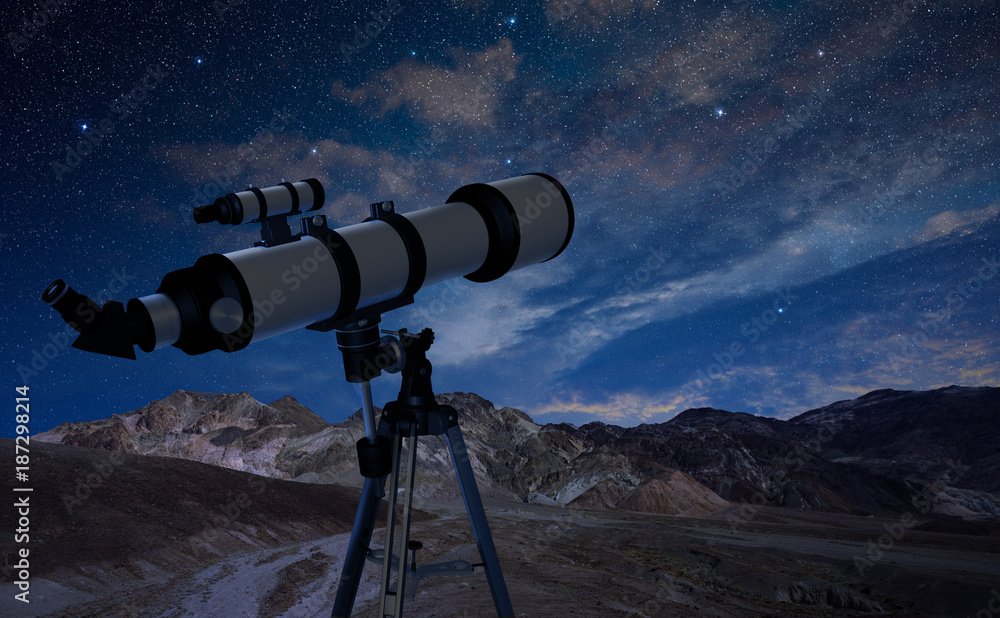Stars have fascinated humanity for millennia, guiding explorers, inspiring poets, and captivating scientists. As the fundamental building blocks of the universe, stars are not only beautiful to behold but also essential to our understanding of cosmology. This article delves into the intricate world of stars, exploring their formation, lifecycle, and the different types of stars that exist in the cosmos. By the end, you will have a deeper appreciation for these luminous celestial bodies and their role in the vast expanse of the universe.
The Formation of Stars: From Nebulae to Nuclear Fusion
Birth in Stellar Nurseries
Stars are born in vast clouds of gas and dust known as nebulae. These stellar nurseries are primarily composed of hydrogen, the most abundant element in the universe. The process of star formation begins when a region within the nebula experiences a gravitational collapse. This collapse is often triggered by external forces such as shockwaves from a nearby supernova explosion or the collision of galaxies.
As the gas and dust in the collapsing region become more concentrated, the temperature and pressure at the core increase. Eventually, the core reaches a critical temperature of around 10 million degrees Celsius, igniting the process of nuclear fusion. In this process, hydrogen atoms fuse together to form helium, releasing a tremendous amount of energy in the form of light and heat. This marks the birth of a star.
Protostars and Main Sequence Stars
The newly formed object, known as a protostar, continues to accumulate mass from its surrounding environment. As it gathers more material, its core temperature continues to rise, eventually stabilizing as it enters the main sequence phase of its life. During this stage, the star burns hydrogen in its core, maintaining a balance between the inward pull of gravity and the outward pressure from nuclear fusion.
Most stars, including our Sun, spend the majority of their lives in the main sequence phase. The length of time a star remains in this phase depends on its mass; larger stars burn through their fuel more quickly and have shorter lifespans, while smaller stars can remain in the main sequence for billions of years.
The Lifecycle of Stars: From Birth to Death
The Fate of Low-Mass Stars
Low-mass stars, such as red dwarfs, have relatively long lifespans, often exceeding tens of billions of years. As they exhaust their hydrogen fuel, they enter the red giant phase, where the outer layers expand, and the core contracts. During this phase, the star begins to fuse helium into heavier elements such as carbon and oxygen.
Once the helium is depleted, the outer layers of the star are expelled, forming a planetary nebula. The remaining core, now a white dwarf, is a dense, Earth-sized remnant that slowly cools over time. Eventually, it will become a black dwarf, a theoretical end state that takes longer than the current age of the universe to occur.
The Cataclysmic End of High-Mass Stars
High-mass stars have much shorter lifespans due to their rapid consumption of nuclear fuel. After exhausting the hydrogen in their cores, these stars also enter the red giant phase but undergo further fusion processes, creating elements as heavy as iron. Once the core becomes iron, it can no longer sustain nuclear fusion, leading to a catastrophic core collapse.
This collapse triggers a supernova, a violent explosion that ejects the star’s outer layers into space. The core remnant left behind may form either a neutron star or, in the case of the most massive stars, a black hole. Neutron stars are incredibly dense, with a mass greater than the Sun compressed into a sphere just a few kilometers in diameter. Black holes, on the other hand, are regions of spacetime where gravity is so strong that not even light can escape.
